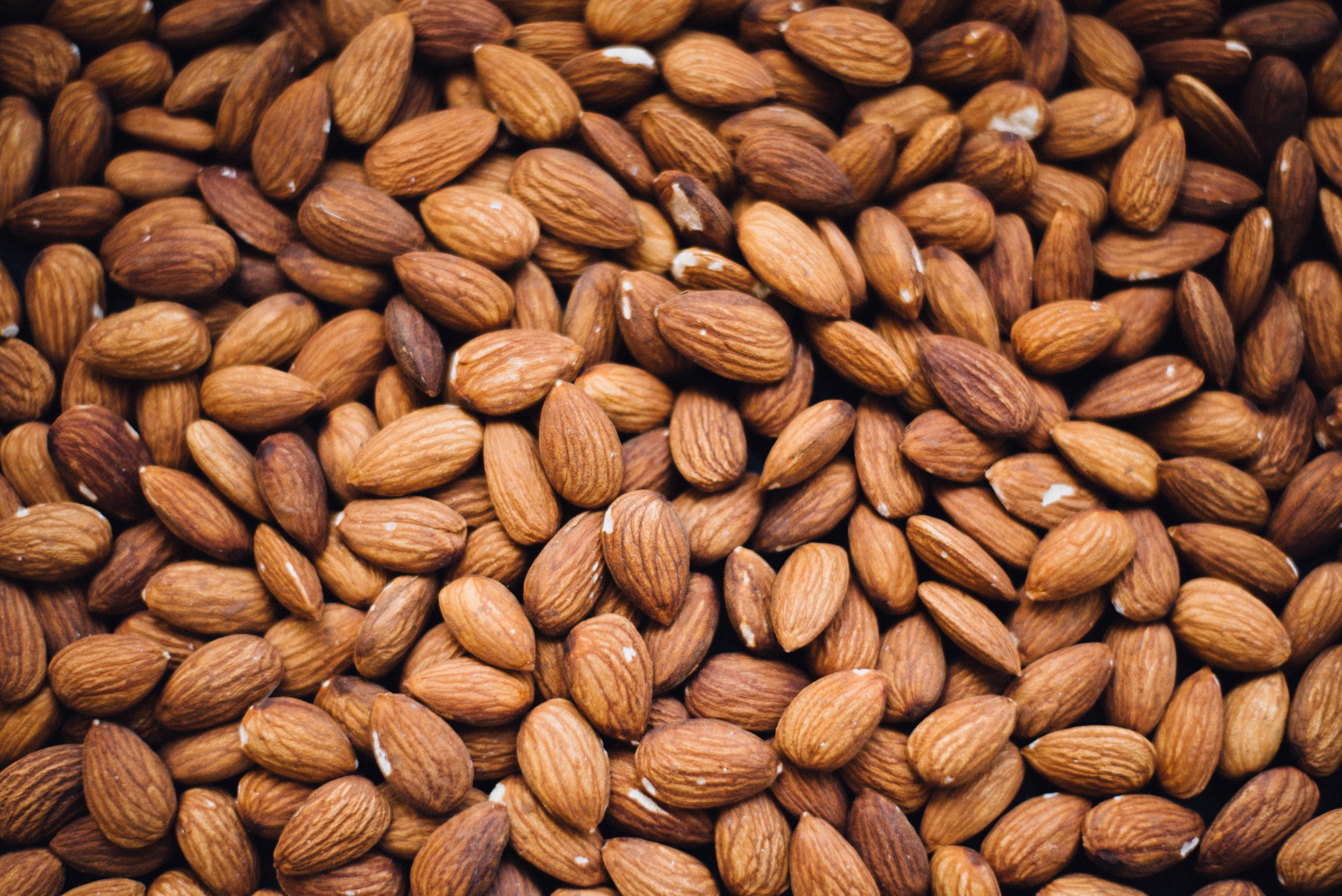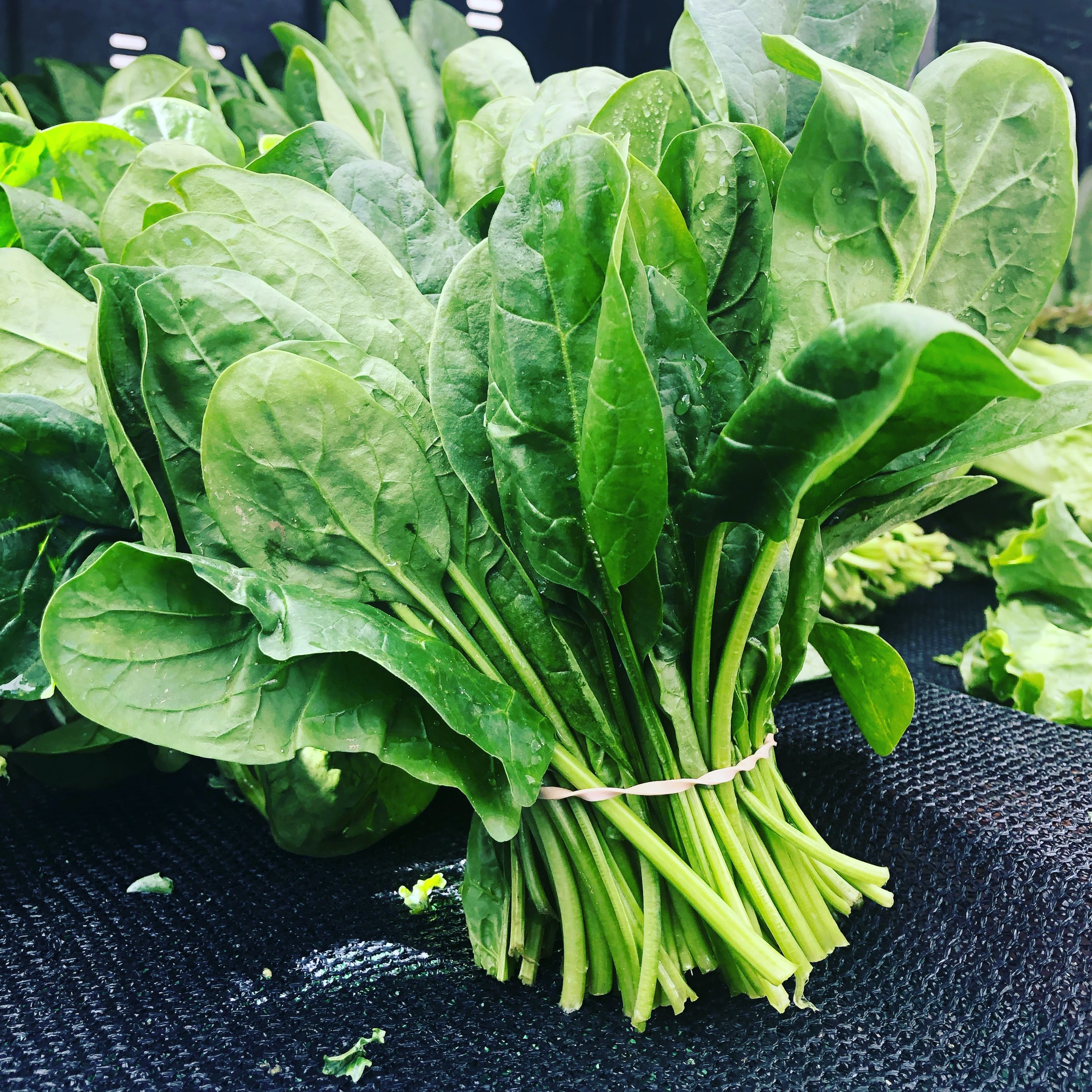Lorrie's interview with Sally Norton on Oxalates and Healthy Living.
/Oxalates are naturally occurring compounds found in plants. While they play a role in plant metabolism, when consumed in large amounts by humans, they can lead to health issues.
Make sure to subscribe to keep up with the latest discoveries and approaches for Long Covid, ME/CFS and Fibromyalgia.
Full recovery is possible! Get on the waiting list for the Relief & Transformation: Recovering from Long Covid and ME/CFS course. You can also be part of our Membership: Managing Long Covid and ME/CFS program or schedule a “Best Next Step” Health Strategy Consultation. For powerful passive training of the nervous system based on Polyvagal Theory, check out the Safe and Sound Protocol.
Meet Sally Norton
When we think of healthy living, most of us focus on common tips like drinking water or consuming vegetables. Sally Norton, however, a renowned expert on nutrition, challenges us to think deeper. She's published "Toxic Superfoods," a book that promises to shed light on lesser-known dietary culprits - oxalates. Sally attended Cornell University and the University of North Carolina at Chapel Hill studyign nutrition. If you're keen on unveiling hidden nutritional truths, Sally's journey and insights are a must-read.
From the early days, Sally's enthusiasm for nutrition was palpable. She was always excited to share her latest food findings with family members, especially her mom. This early passion blossomed further when she entered seventh grade, pushing her toward Cornell.
Yet, life had its share of obstacles. Even with her deep understanding of healthy living and impressive professional stride, Sally grappled with health issues - from foot complications to the exhausting difficulties of chronic fatigue. After years of following what we traditionally think of as a "healthy" diet, she discovered the toxic nature of oxalates in some of those "healthy" foods. She discovered the benefits of a low-oxalate diet, which not only provided her relief but also sparked an urge to advocate for the negative influences of oxalates on our health.
Sally K Notron’s Book: toxic superfoods
What are Oxalates?
For many, oxalates are an unfamiliar topic, often overshadowed by more common dietary discussions. Simply put, they are salt or crystal structures stemming from oxalic acid. When this acid interacts with minerals such as calcium or magnesium, it results in the formation of oxalates.
The crystal structures of oxalates are sharp and can lodge in all areas of the body, causing various symptoms that we go into more detail about...read further.
Plants utilize oxalic acid as a defense mechanism against predators. But it's worth noting that it's not exclusively found in plants. Traces can also be discovered in our environment, notably in polluted air and specific fungi. In fact, some of the parasites and fungi that live in our own body's microbiome can produce oxalates. The main concern? Understanding how consuming high levels of these oxalates might affect our health.
What is Oxalic Acid?
Ever come across the term acid rain? Amongst the numerous acids that contribute to it, oxalic acid stands out as one of the most predominant. This seemingly insignificant compound, with a simple structure consisting of just two carbons and four oxygens, has a wider presence than one might initially think. It has the potential to spontaneously form not only in polluted air but also in sea mist, demonstrating its pervasive nature. Additionally, it is produced by certain plants and fungi. It's fascinating to note that many plants generate it by initially converting it from vitamin C.
This knowledge can be applied to human bodies as well. When we consume excessive vitamin C, it too can degenerate into oxalate in our bodies.
Oxalate: From Acid to Crystals
To understand oxalate, you must recognize it as both an acid and a crystal-forming compound. Originating in nature, when plants produce these crystals, they resemble microscopic shards of glass or sandpaper, evocative of finely ground quartz dust. These tiny, abrasive particles, though naturally occurring, can pose serious health challenges if ingested in significant quantities or if the body is already compromised.
Beyond its presence in nature, oxalic acid's potency as a corrosive agent is well-acknowledged and respected in various industries. There, it's employed not just for its aesthetic value, but also for its practical uses, specifically to bleach:
Fabrics
Wood
Leather
This highlights its multifaceted applications
sample of oxalate crystals
Impact of Oxalic Acid on the Body
The effects of oxalic acid on the human body are profound and multifaceted. We have already looked at its utility as a potent cleaning agent in various industrial applications. This is great for those applications, however, its introduction into our delicate bloodstream might not be a wise idea. Health concerns that might arise from excessive consumption are guaranteed.
Extensive research has repeatedly underscored its detrimental role, particularly in causing undue stress to our kidneys and the entire urinary tract system. Prolonged or excessive exposure to this compound has been linked to the uncomfortable and sometimes painful formation of kidney stones. Beyond this, oxalic acid possesses a unique affinity to bind and latch onto essential minerals. This binding property allows it to convert into hard crystals, which may manifest complications in various parts of our body, including:
The thyroid
Bones
Tendons
Muscles
Organs
Really anywhere!
The accumulation of these crystals can potentially lead to tissue injury. For instance, in certain foods, oxalic acid is present in a form resembling tiny darts capable of penetrating cells. This can trigger inflammation and other adverse reactions.
illustrations of the human body
Oxalate-rich Foods and Their Effects
Many foods we commonly enjoy and incorporate into our diets surprisingly contain oxalates. If you’re trying to steer clear of this compound, here are the Top 5 foods to avoid:
Almonds
Turmeric
Cocoa powder (that includes any kind of chocolate!)
Spinach
Chard



When we ingest these foods that have been touted as superfoods, the oxalates don't linger; They quickly enter our bloodstream. They often end up in the liver, our body's primary detoxification organ, which works to neutralize and manage these potentially harmful compounds.
With repeated and high intake, the constant bombardment of oxalic acid begins to strain the liver. Over time, this pressure can deplete the liver's natural defense mechanisms, thereby compromising its ability to function optimally and leading to potential damage to its vital cells and overarching functions.
Subsequently, the oxalate-loaded blood circulates throughout the body, reaching various organs and tissues. As the body's filtration system, the kidneys get affected as well. In their determined attempt to purge the system of this potentially harmful compound, they work overtime, exerting significant stress on their delicate structures. Continual strain and the constant need to filter out high levels of oxalates can eventually wear down the kidneys. Over time, this relentless pressure can result in severe renal complications, posing serious health concerns.
You've probably heard of kidney stones before and in fact, kidney stones are made up of, you guessed it, oxalates.
Recognizing Oxalate-Induced Symptoms
It's essential to understand the signs of oxalate overconsumption to protect and promote our overall well-being. You might experience a range of symptoms, from subtle to more pronounced. For some,
Joint pain
Persistent lung problems
The sudden appearance of itchy bumps on the skin.
Kidney stones
Vulvar pain
An IMAGE of a kidney
All these can be clear indicators of oxalic acid overload. Speaking of the itchy bumps on the skin, shockingly, when people scratch these irritating bumps, they may find tiny, embedded oxalate crystals, akin to sand.
These visible signs are just the tip of the iceberg. Internally, the havoc wreaked by excess oxalates can manifest in numerous ways. Apart from the direct symptoms, oxalates have been linked to a myriad of health concerns. Conditions like:
Chronic fatigue,
Memory issues leading to dementia,
Painful arthritis
A host of other age-related diseases
A Fatigued woman
These conditions can have connections to high oxalate consumption. What's alarming is that many of these ailments, which are often dismissed as mere side effects of natural aging or overlooked entirely, might, in reality, be the body's cry for help against a diet consistently high in oxalates.
While plants offer numerous health benefits, it's essential to remember that not all plants or their compounds are entirely benign. Oxalic acid, despite its inconspicuous nature, can have profound effects on our health when consumed in excess. Being aware of oxalate-rich foods and moderating their intake can go a long way in ensuring our well-being.
DISCLAIMER: The information offered is for informational and educational purposes only. It is not intended as a substitute for medical or psychological care or advice. Consult your physician or other health care provider regarding your symptoms and medical and psychological needs.





